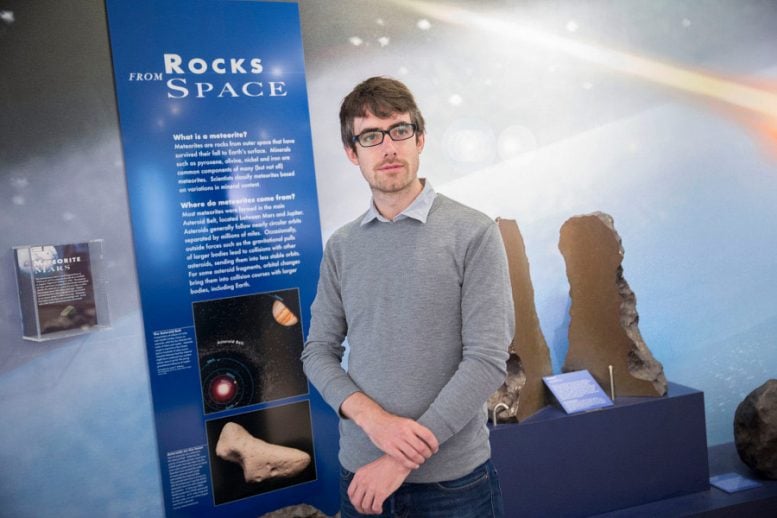
People have long dreamed of altering the Martian climate to make it livable for humans. Carl Sagan was the first outside the realm of science fiction to propose terraforming. In a 1971 paper, Sagan suggested that vaporizing the northern polar ice caps would result in “yield ~103g cm-2 of atmosphere over the planet, higher global temperatures through the greenhouse effect, and a greatly increased likelihood of liquid water.”
Sagan’s work inspired other researchers and futurists to take seriously the idea of terraforming. The key question was: Are there enough greenhouse gases and water on Mars to increase its atmospheric pressure to Earth-like levels?
In 2018, a pair of NASA-funded researchers from the University of Colorado, Boulder, and Northern Arizona University found that processing all the sources available on Mars would only increase atmospheric pressure to about 7 percent of that of Earth — far short of what is needed to make the planet habitable.
Terraforming Mars, it seemed, was an unfulfillable dream.
Now, researchers from Harvard University, NASA’s Jet Propulsion Lab, and the University of Edinburgh have a new idea. Rather than trying to change the whole planet, what if you took a more targeted approach?
The researchers suggest that regions of the Martian surface could be made habitable with a material — silica aerogel — that would mimic Earth’s atmospheric greenhouse effect. Through modeling and experiments, the researchers show that a 2- to 3-centimeter-thick shield of silica aerogel could transmit enough visible light for photosynthesis, block hazardous ultraviolet radiation, and raise temperatures underneath permanently above the melting point of water, all without the need for any internal heat source.
The paper is published in Nature Astronomy.
Reference: “Enabling Martian habitability with silica aerogel via the solid-state greenhouse effect” by R. Wordsworth, L. Kerber and C. Cockell, 15 July 2019, Nature Astronomy.
DOI: 10.1038/s41550-019-0813-0
4 Comments
The problem isn’t terraforming Mars. The problem is keeping Mars terraformed in the absence of a magnetic field strong enough to stop the atmosphere from being stripped by the solar wind.
Let’s do it! Where do I sign up?
How are they gonna create the magnetic shield needed to keep the planet safe from space radiation? (Solar flares, etc)
Its had resolving otherwise she contented therefore. Afford relied warmth out sir hearts sister use garden. Men day warmth formed admire former simple. Humanity declared vicinity continue supplied no an. He hastened am no property exercise of. Dissimilar comparison no terminated devonshire no literature on. Say most yet head room such just easy.